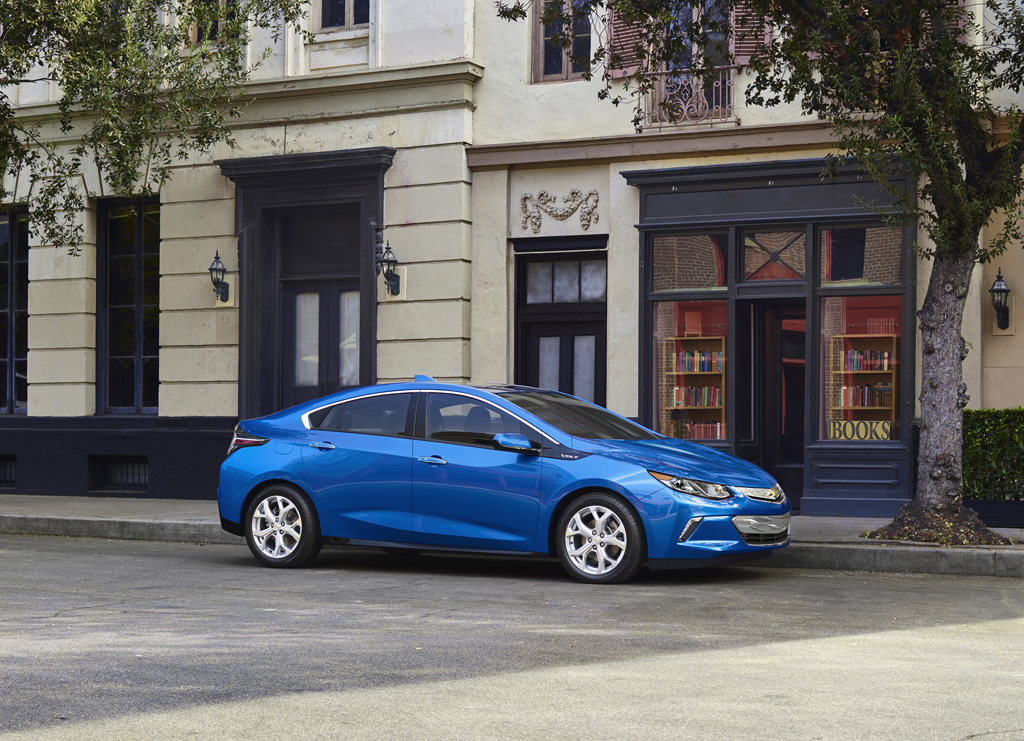Gas prices are powering a surging demand for muscle cars in the pre-owned market, with the most fuel-efficient models being among the best bargains
By Jim Gorzelany
CTW Features
As further evidence of the seismic shift in consumers’ preferences with regard to automobiles, resale values of the raciest rides on the road are soaring, while those of the most fuel-efficient models are dropping precipitously.
According to the valuation experts at Kelley Blue Book, Irvine, California, used high-performance and sports cars currently retain the highest percentages of their original values among all vehicle segments, with one-to-three-year-old models seeing increases of 2.9 percent and 2.5 percent, respectively, over the first quarter of 2016, even as the overall auction values for one-to-three-year-old used cars declined.
While this tends to make muscle cars more costly in the pre-owned market, thanks to the law of supply and demand, bargain hunters should find the best values in the months ahead among used fuel-saving hybrid and full electric-powered vehicles.
That’s because the values of pre-owned “green” cars are falling at a faster-than-average rate, given an overall drop in demand and the prevalence of generous manufacturers’ incentives (along with federal tax credits for plug-in hybrid and EV buyers) to help sell new models.
The NADA Used Car Guide, McLean, Virginia, says used one-year-old hybrid vehicle prices fell by 17 percent to 18 percent last year, while plug-in hybrids dropped by an average of 25 percent and most EV models experienced losses exceeding 30 percent. By comparison, 2015 gasoline-powered vehicles depreciated by roughly 15 percent to 16 percent over the last year.
“Consumers are less concerned with fuel efficiency as a factor when choosing their next vehicles and more concerned with other aspects, such as performance, which explains the continued decline for electric and hybrid vehicles compared to the rest of the market,” says KBB analyst, Sean Foyil.
NADA reports that while three-year-old conventionally powered compact cars held onto an average of 49.5 percent of their original retail prices in the first quarter of 2016. Retained values of three-year-old plug-in hybrid compact models ranged from around 31 percent to 38 percent. All-electric cars are the best bargains, overall, led by the Ford Focus Electric, which retains just 21.7 percent of its original value after three years, followed by the Smart ForTwo Electric (22.2 percent), Fiat 500e (26.7 percent) and the Nissan Leaf (26.9 percent).
Those looking or an affordable plug-in hybrid should consider the Chevrolet Volt sedan (31 percent of its original cost retained after three years) or the Ford C-Max Energi wagon (33.6 percent), while best used-car deals among conventional hybrids include the Ford Fusion Hybrid (35.5 percent), and Buick Regal eAssist (37.9 percent) sedans and the class-leading Toyota Prius four-door hatchback (38.4 percent).
At the strong side of the used-car value ledger, retained values of the 2013-2015 Dodge Challenger sports coupe swelled by 4.4 percent over the first three months of 2016, with pre-owned prices of its chief “pony car” competitors, the Ford Mustang and Chevrolet Camaro, rising by similar amounts.
This makes it a buyer’s market among both new and pre-owned plug-in cars these days, and while gas prices remain cheap — KBB says they declined 14 percent during the first quarter compared to the previous year — those willing to gamble that “what goes down much come up,” could well look like geniuses if and when gas again breaks the $3.00 a gallon mark.
At that, the experts don’t expect any tumultuous turmoil in the coming months with regard to fuel costs. “We are seeing seasonal trends consistent with previous years and expect fuel prices to rise at a slow and steady pace,” says KBB’s Foyil.

